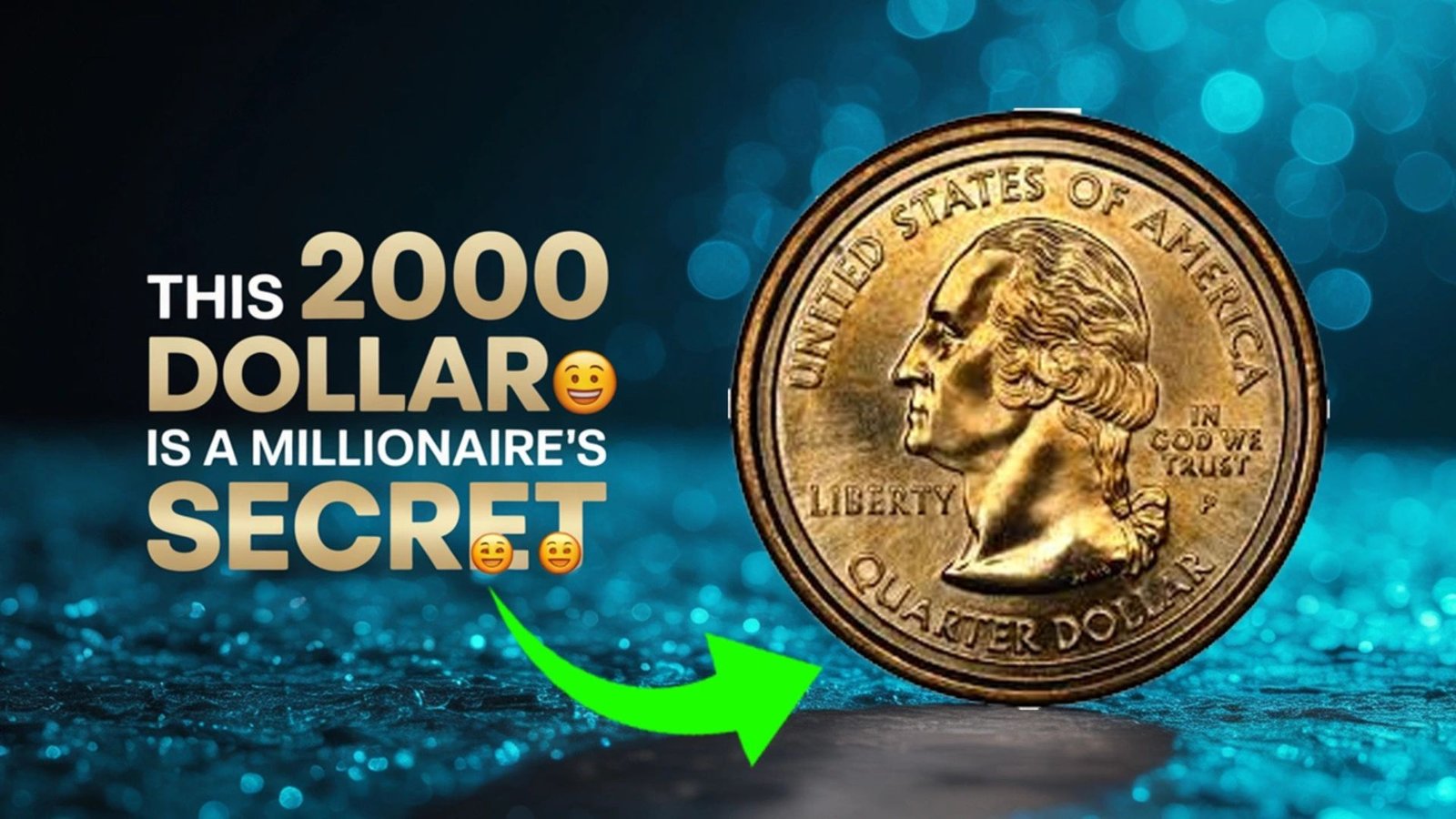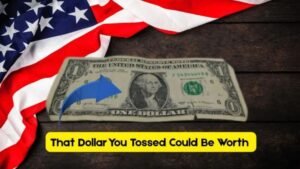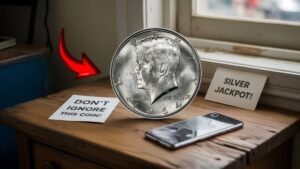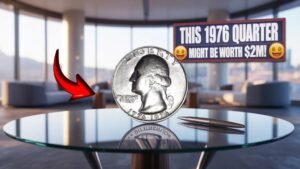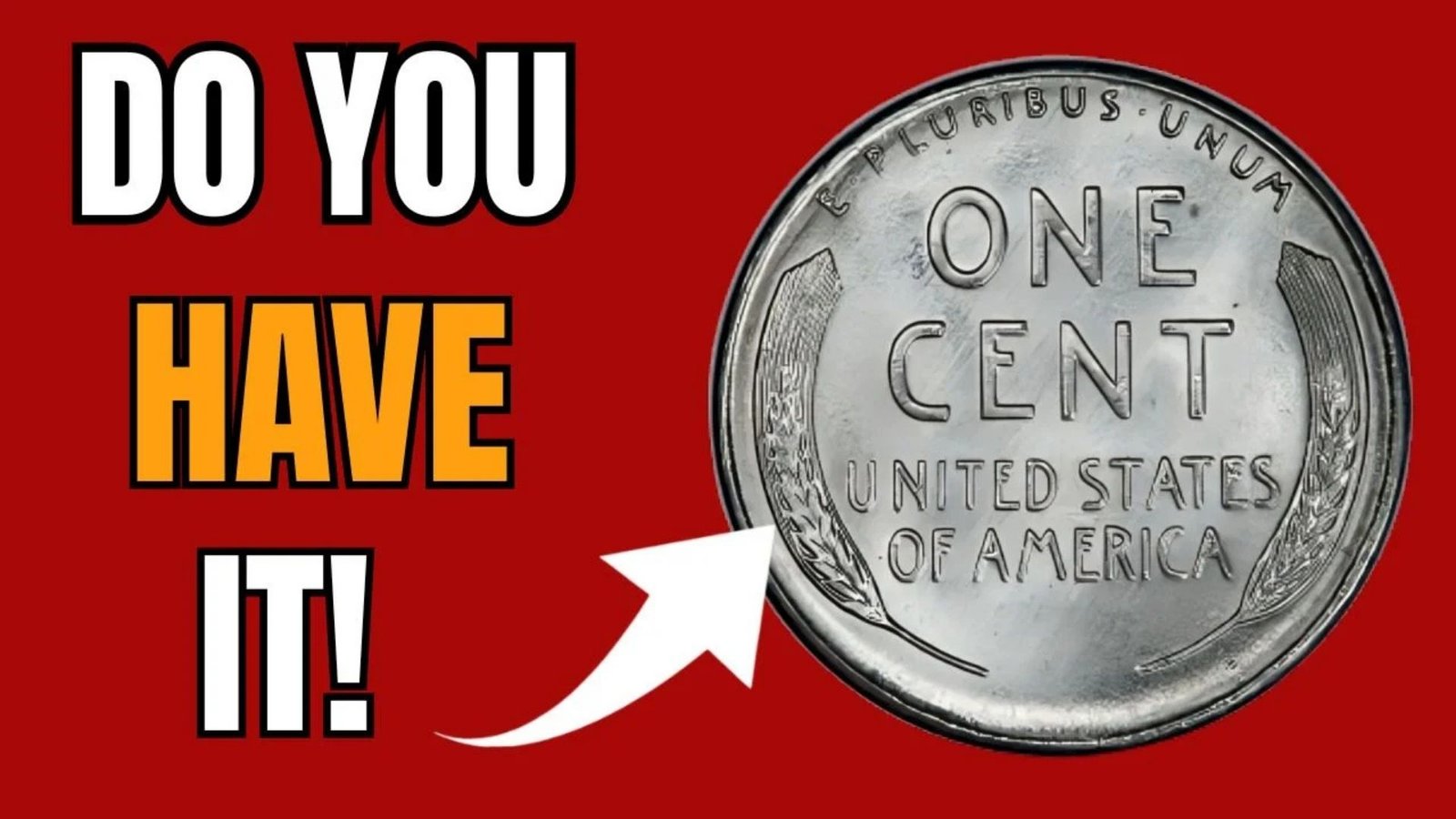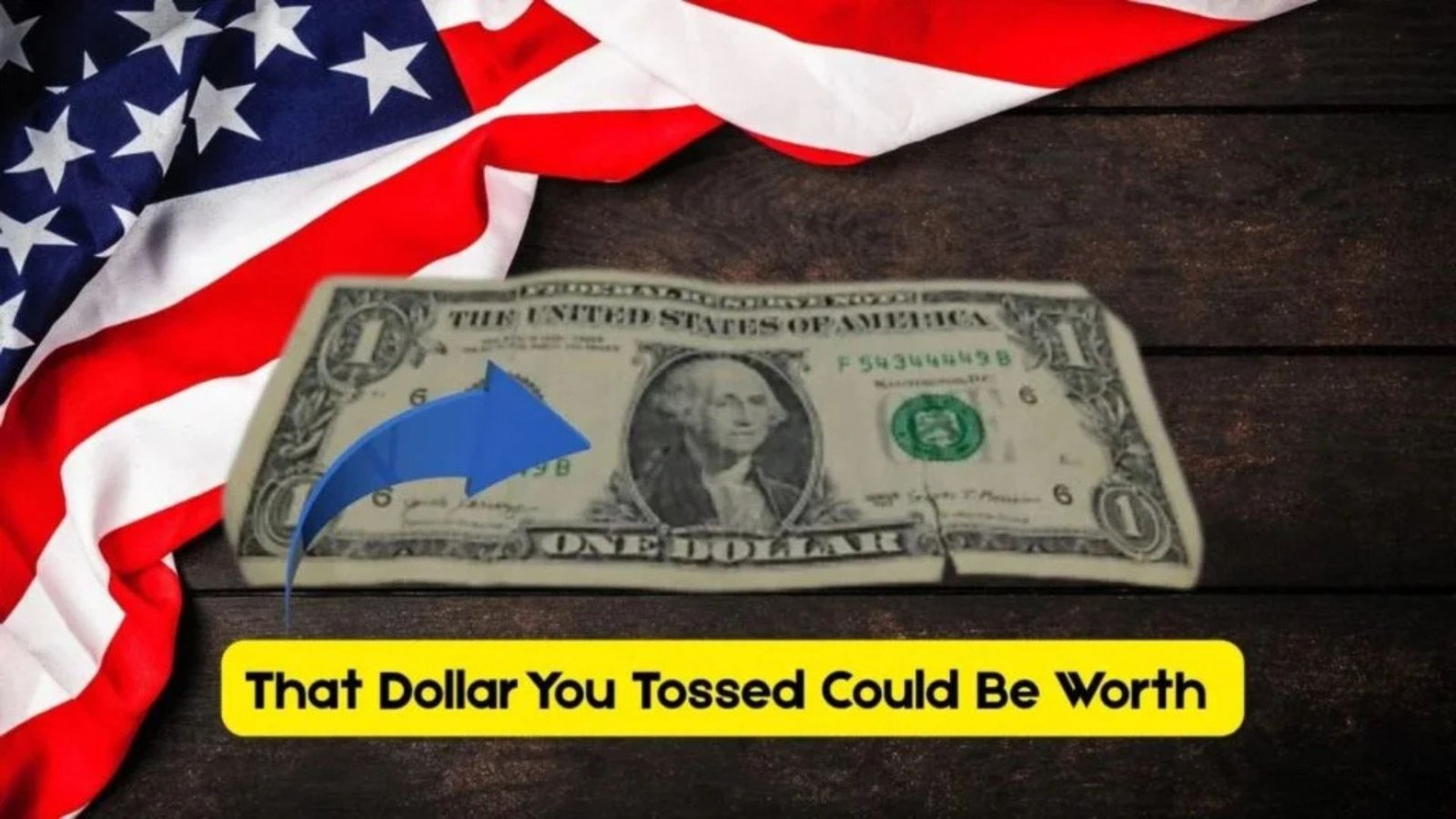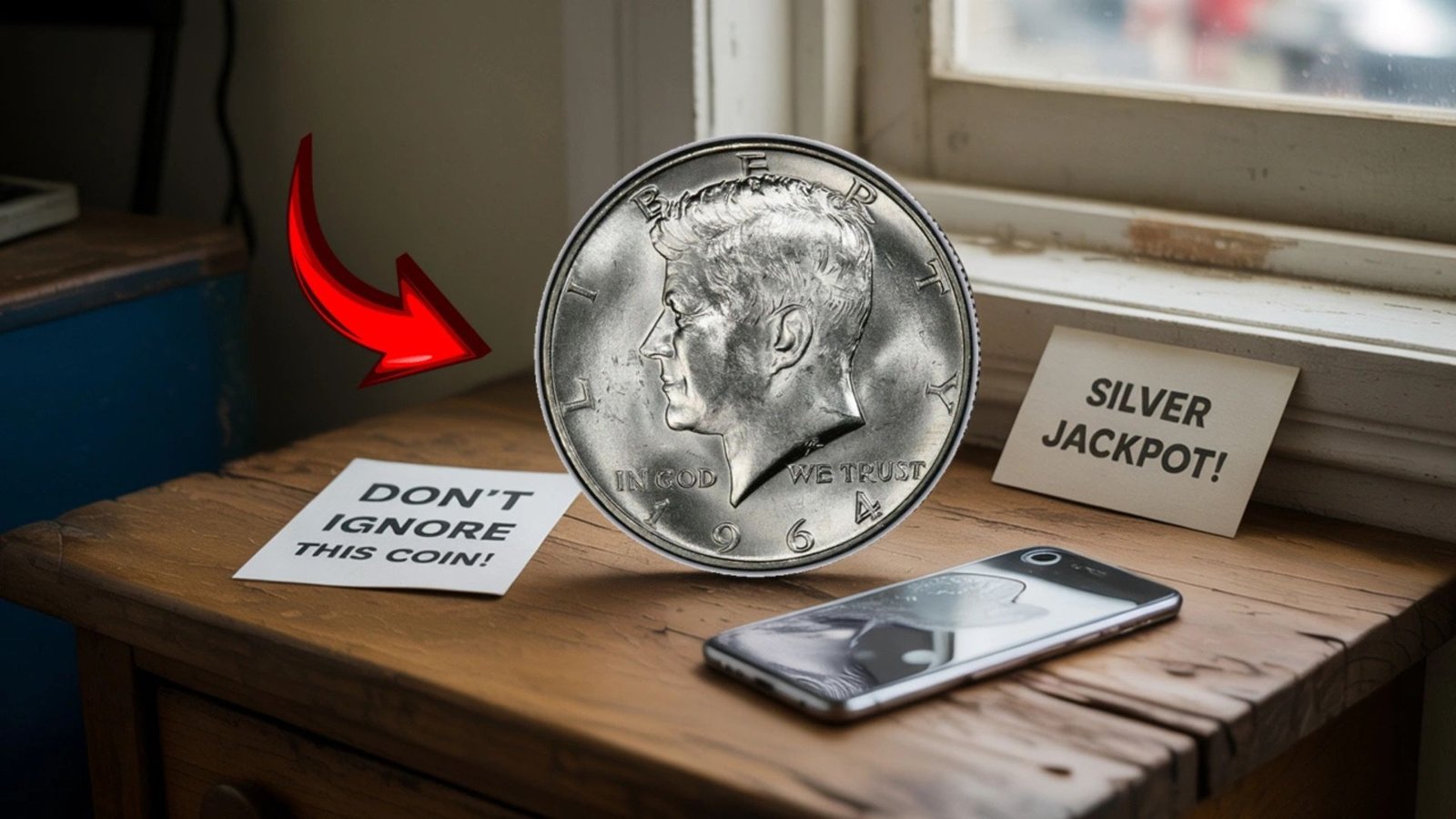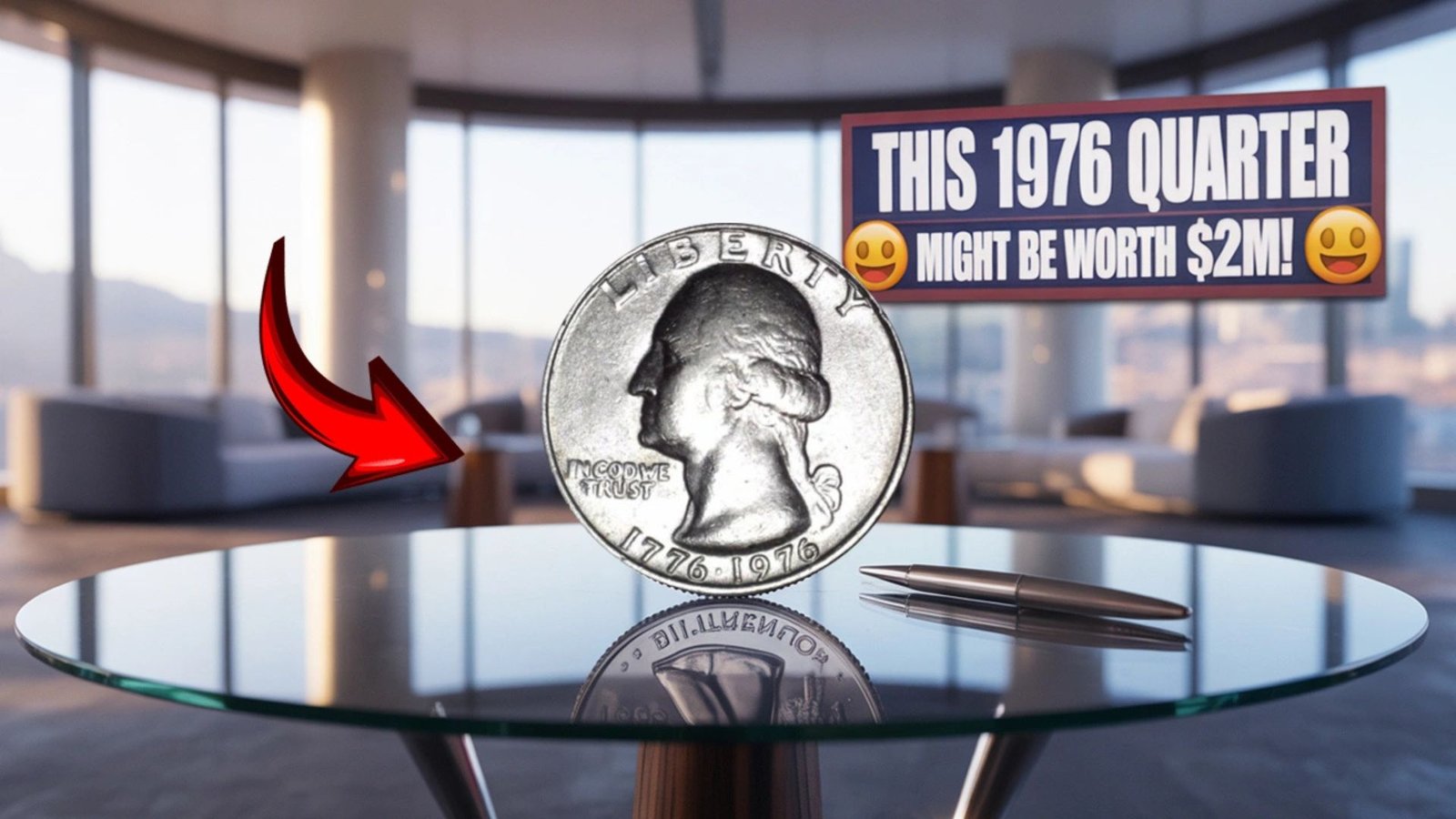Imagine finding a dollar coin in your wallet that’s worth more than a fancy car or even a house! The Sacagawea dollar, a golden-colored coin first minted in 2000, honors a Native American heroine but hides a secret: some rare versions are valued at a jaw-dropping $2.1 million. These treasures might still be floating around in circulation, waiting to be spotted in your change. In this fun and info-packed guide, we’ll show you how to identify these rare coins, what makes them so valuable, and how to check your pocket change for a potential fortune. Let’s dive into the exciting world of coin hunting!
What Is the Sacagawea Dollar?
The Sacagawea dollar, also called the “golden dollar,” was introduced by the U.S. Mint in 2000 to celebrate Sacagawea, a Shoshone woman who guided the Lewis and Clark expedition from 1804 to 1806. The coin’s front (obverse) shows Sacagawea carrying her baby, Jean Baptiste, while the back (reverse) originally featured a soaring eagle with 17 stars, representing the states in the Union at the time of the expedition. Made with a copper core and a manganese-brass outer layer, it has a shiny golden look that makes it stand out from other coins.
While most Sacagawea dollars are worth just $1, a few rare ones with unique errors or special features can make you rich. The most famous is the 2000 Sacagawea dollar “mule” error, a coin with a mismatched design that sold for $2.1 million in 2025. Let’s explore what makes these coins so special and how you can spot one.
Why Are Some Sacagawea Dollars So Valuable?
Certain Sacagawea dollars are worth millions because of rare minting mistakes or limited editions. A “mule” error happens when a coin is accidentally struck with dies (the metal stamps used to make coins) meant for two different coins. The $2.1 million Sacagawea dollar is a mule error with the front of a Sacagawea dollar and the back of a Washington quarter. Only about 20 of these exist, making them super rare and highly sought after by collectors.
Other valuable versions include the 2000-P Cheerios dollar, which has extra-detailed eagle feathers, and the “Wounded Eagle” error, where a mark on the eagle’s chest looks like a spear wound. These coins can be worth hundreds or thousands, and some might still be in circulation, hiding in coin rolls, vending machines, or your piggy bank.
How to Spot a Rare Sacagawea Dollar
Finding a million-dollar coin sounds like a dream, but it’s possible with a sharp eye and a little know-how. Here’s how to check your Sacagawea dollars for valuable traits:
Step 1: Check the Year and Mint Mark
Look at the year and mint mark (a tiny letter on the coin) under Sacagawea’s portrait. Most valuable coins are from 2000, marked with a “P” (Philadelphia) or “D” (Denver). The 2000-P mule error is the $2.1 million prize, but 2000-D coins can also have valuable errors.
Step 2: Examine the Reverse Design
Flip the coin and look at the back. A regular Sacagawea dollar has an eagle with “ONE DOLLAR” written around it. The $2.1 million mule error has the Washington quarter’s eagle design instead. Compare your coin to pictures online to spot this mismatch.
Step 3: Look for the Cheerios Dollar
In 2000, the U.S. Mint partnered with Cheerios to put 5,500 Sacagawea dollars in cereal boxes. These “Cheerios dollars” have sharper, more detailed eagle tail feathers. They’re worth $2,750 to $11,500, depending on condition, so check those old cereal box coins!
Step 4: Spot the Wounded Eagle Error
Some 2000 Sacagawea dollars have a die flaw that looks like a line or “wound” across the eagle’s chest. These are rare and can sell for hundreds. Use a magnifying glass to look for raised lines, not scratches, as fakes exist.
Step 5: Check the Coin’s Weight and Color
The mule error was struck on a quarter planchet (the blank metal disc), so it’s smaller (24.26 mm vs. 26.5 mm) and lighter (5.67 grams vs. 8.1 grams) than a regular Sacagawea dollar. It may also look silver instead of golden due to the different metal. Use a precise scale and caliper to check.
Step 6: Don’t Clean Your Coin!
If you think you’ve found a rare coin, don’t clean it! Cleaning can damage the surface and lower its value. Store it in a plastic holder and get it checked by a professional grading service like PCGS or NGC.
Valuable Sacagawea Dollar Varieties
| Coin Variety | Year | Key Feature | Estimated Value |
|---|---|---|---|
| 2000-P Mule Error | 2000 | Washington quarter reverse | Up to $2.1 million |
| 2000-P Cheerios Dollar | 2000 | Detailed eagle tail feathers | $2,750–$11,500 |
| 2000-P Wounded Eagle | 2000 | Line across eagle’s chest | $100–$1,000 |
| 2000-P Struck on Susan B. Anthony | 2000 | Silver color, wrong planchet | Up to $16,800 |
| 2000-P Goodacre Specimen | 2000 | Proof-like finish, given to designer | $5,000–$5,288 |
Tips for Coin Hunters
- Check Your Change: Look at every golden dollar you get from stores, vending machines, or coin rolls.
- Use Tools: A magnifying glass (10x or higher) and a precise scale help spot tiny details and weight differences.
- Join Coin Clubs: Connect with other collectors online or at local clubs for tips and news.
- Stay Updated: Follow numismatic websites for auction results and new finds.
- Get Professional Help: If you find a suspicious coin, take it to a coin shop or grading service for authentication.
Why These Coins Are Still Out There
The U.S. Mint made over 767 million Sacagawea dollars in 2000, but errors like the mule slipped through quality checks. Many were used in vending machines or stashed in jars, so some are still in circulation. The $2.1 million mule error sold at auction in October 2025, sparking a nationwide hunt. Stories of rare coins found at yard sales or in change keep collectors excited, and you could be next!
FAQ: Rare Sacagawea Dollars
Q1: What makes the $2.1 million Sacagawea dollar so special?
It’s a “mule” error with a Sacagawea front and a Washington quarter back, with only about 20 known to exist.
Q2: How can I tell if my coin is a Cheerios dollar?
Look for extra-detailed eagle tail feathers on a 2000-P coin. Compare it to regular coins online.
Q3: Are all 2000 Sacagawea dollars valuable?
No, most are worth $1. Only specific errors or varieties, like mules or Cheerios dollars, are valuable.
Q4: Where can I get my coin checked?
Take it to a reputable coin dealer or send it to grading services like PCGS or NGC.
Q5: Can I still find these coins in circulation?
Yes, though rare, some error coins may still be in change, coin rolls, or old collections.
Conclusion: Start Your Treasure Hunt Today!
The Sacagawea dollar is more than just a shiny coin—it’s a piece of history with the potential to make you a millionaire. Whether it’s the $2.1 million mule error, a Cheerios dollar, or a Wounded Eagle, these rare coins could be hiding in your wallet or a dusty jar. Grab a magnifying glass, check your change, and keep an eye out for unusual designs. With a bit of luck and a sharp eye, you might uncover a treasure that turns pocket change into a fortune. Happy hunting!

